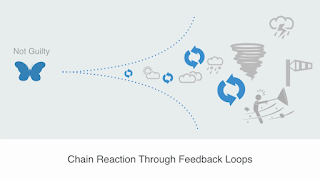BBS; Behaviour Based Safety Course
Recently we were invited to give our modernised and upgraded BBS course for a client in Saudi-Arabia. We were much suprised that this method of learning was much better received than we had been anticipating. People were taught that behaviour, social circumstance, upbringing, character traits or attitudes are having impact on the safety culture within companies. 80 percent of incidents or accidents are statistically attributed to human behaviour. Because it was designed as a continuous learning process, management and staff were given the tools to use and build a safety culture by shared observation and correction of behaviour.
We would like to show you how the training program has been designed as follows:
We would like to show you how the training program has been designed as follows:
Our Behaviour Based Safety and Human Factors Program focuses on the following:
1. Safer work environment
2. Frequency and severity of injuries decreases
3. Safe behaviours increase
4. At Risk behaviours decrease
5. Staff participation in Total Safety Culture increases
6. Reporting of near misses increases
7. Acceptance of responsibility and accountability for safety increases
Program Day 1
Module 1
Human Behaviour: 5 types of risk behaviour – Why do we behave in a certain way?
a. Conscious behaviour (on purpose)
b. Habitual behaviour (we’ve always done it like that)
c. Unintentional behaviour (unawareness or lack of knowledge or skill)
d. Character Traits
e. Behavior under authority
f. Understanding Human Factors: cognition, psychology, physiology, social environment, authority, leadership, genetics, heritability, stress, fear, anxiety, social culture, etc.
g. Domino effect by William Heinrich
Module 2
How to develop a Total Safety Culture?
a. Exploring the BBS process and understanding pro’s and con’s
b. Physical capability, experience & training, competence
c. Work environment; engineering controls, equipment, job tasks, work culture, weather conditions, work climate, etc.
Program Day 2
Work Shop : BBS Tool Kit Implementation
Step 1 : Forming a design Team
Step 2 : Identify Critical Behaviour
Step 3 : Develop an observation checklist
Step 4 : Training the Observer / Coach
Step 5 : Identify and set improvement goals
Step 6 : Learning on behaviour based safety – using feedback loops
Step 7 : Measuring Success of Safety Culture
Writing a Mission Statement
Awarding attendance certificates
End of Training



Reacties
Een reactie posten